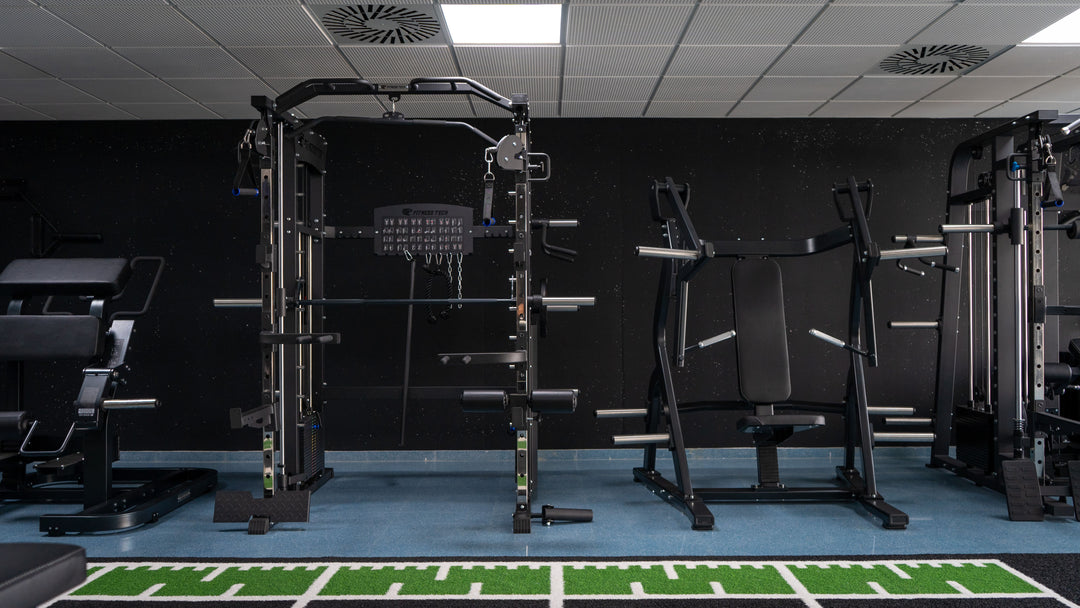Monitoring with artificial intelligence and wearables: the new paradigm of sports performance
In recent years, the sports and fitness industry has undergone a radical transformation driven by the convergence of wearable technology and artificial intelligence (AI) systems. The result is a new way of understanding training, recovery, and physical performance. Intelligent monitoring has ceased to be an exclusive tool for the elite and is beginning to integrate into the daily practice of athletes and coaches.
The era of data in the human body
The so-called wearables —portable electronic devices such as watches, bands, patches, or even smart shirts— have gained ground as essential allies for monitoring physiological variables. Among the most used metrics are heart rate, heart rate variability (HRV), oxygen saturation, sleep quality, body temperature, and calorie expenditure, among others.
The novelty does not lie solely in data collection, but in what is done with it. Through AI-based algorithms, it is possible to analyze, interpret, and anticipate physiological behaviors with previously unthinkable precision. This has opened the door to a deeply individualized training management.
From data to performance
One of the fields where this technology has shown the greatest usefulness is in injury prevention. Continuous analysis of workload, recovery status, and biomechanics allows for the detection of minimal alterations that, if not corrected, could lead to muscle or joint injuries. In high-demand sports such as professional football, tennis, or athletics, these systems are already part of the daily routine of the technical staff.
Artificial intelligence also allows for dynamic adjustment of training. Based on data collected from the user, platforms generate personalized plans that adapt volumes, intensities, and rest times according to the athlete's actual physical condition. This personalization not only optimizes performance but also improves adherence to the program and reduces risks associated with overtraining.
In the recovery field, continuous monitoring of variables such as HRV, sleep, and stress level allows for establishing more effective protocols. The most advanced applications can recommend active rest days, mobility sessions, or even nutritional adjustments based on the user's physiological state.
Smart fitness as a standard
Although these technologies were born in the high-performance field, their use has been democratized in the personal fitness sector. Applications like Oura, Whoop, Garmin Connect, or Polar Flow integrate AI in their analyses and offer daily recommendations on training, rest, and lifestyle. Online personal trainers and functional training centers have incorporated this data into their methodologies to offer services better tailored to client needs.
Some gym chains, such as Barry’s or Orangetheory, have already implemented real-time group monitoring systems. In these spaces, each user can see their metrics on a shared screen during the session, fostering motivation and individualized control within a group dynamic.
Real cases and future projection
The influence of this technology is especially visible in elite athletes. Carlos Alcaraz, on the ATP circuit, or Kilian Jornet, in mountain sports, use advanced analysis systems to manage their physical preparation. In the NBA, NFL, and other major leagues, players train and compete with integrated sensors that allow technical staff to make real-time decisions.
Looking to the future, even greater growth of these technologies is expected. Experts point to the emergence of sensors integrated into the skin, sportswear with nanotechnology, generative artificial intelligence for real-time training, and performance prediction systems based on biomarkers.
Conclusion
AI monitoring and smart devices represent one of the most significant innovations in the recent history of sports. It represents a new way of understanding physical preparation, based not on intuition but on objective analysis and personalization. In a context where every tenth of a second counts, and where the athlete's health is as important as their performance, data becomes the new personal trainer.
This evolution not only affects professional athletes but also redefines the training and wellness model for millions of users seeking to improve their physical condition effectively and sustainably. The body speaks, and for the first time, technology has the ability to listen and translate it accurately.






Leave a comment